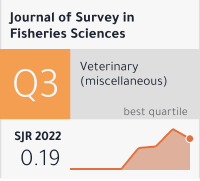Pharmacology, Pharmacokinetics and Future Prospective of Indomethacin
DOI:
https://doi.org/10.53555/sfs.v10i2.3246Keywords:
NSAIDs; Indomethacin; Clinical trial; Drug delivery; CancerAbstract
Indomethacin, categorized as a non-steroidal anti-inflammatory drug (NSAID) within the indoleacetic acid class, is widely recognized for its potent analgesic, anti-inflammatory, and antipyretic properties. As a non-selective inhibitor of cyclooxygenase (COX), it effectively hinders prostaglandin synthesis, providing relief from pain and inflammation. Indomethacin finds common application in treating various inflammatory conditions such as rheumatoid arthritis, osteoarthritis, and ankylosing spondylitis. Despite its efficacy, the use of indomethacin is associated with potential adverse effects, particularly on the gastrointestinal tract, necessitating careful consideration of its risk-benefit profile in clinical settings. Ongoing research endeavors seek to explore its role in innovative therapeutic approaches and enhance its safety profile. A comprehensive understanding of the pharmacological characteristics of indomethacin is crucial for healthcare providers to make well-informed decisions regarding its use across diverse patient populations.









